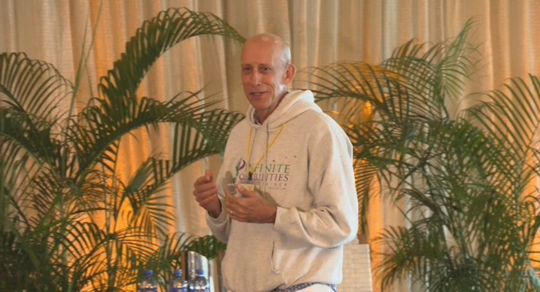I’ve been meditating on a daily basis for about 7 months now. It has revolutionized the way I function – truly. I’ve learned some extremely powerful lessons from my meditations that I utilize anytime I’m feeling anxious.
Here are just some of the amazing things I now do daily with meditation:
Connect to my breath
Shift my thoughts from ego-based to love-based
Identify the location and color of any difficult emotions
Visualize my chakras glowing with rainbow lights
Send powerful energy to loved ones (who have reported to me that they felt differently that day!)
Sounds pretty sweet, huh? Let me tell you: IT IS. So why aren’t more people doing it? We’re always reading about the scientific benefits of meditation, such as decreases in depression, better sex lives, and lengthening our telomeres (aka: slowing the rate of cellular aging and therefore living longer… SO COOL!). But most people just can’t get on board with it. Here are some of the most common reasons people don’t want to try meditation:
1. “I just can’t sit still for that long.”
I hear ya. Sitting still for a long time can be uncomfortable. But guess what? You don’t have to sit with your feet criss-crossed in some strange uncomfy manner. You can lie down. You can use pillows. You can stand on your head. You can meditate for 5 minutes or 30. Meditation has flexibility and you’re allowed to do whatever it is that is most comfortable for you. What we need to be focusing on is the mind, and if that’s what’s so hard for you, keep reading…
2. “I can’t stop thinking.”
There are different types of meditation, some of which attempt to clear the mind of its noise. Others – and what I most enjoy practicing – involve simply noticing your thoughts and then letting them go. Instead of dwelling on your ego’s reminder that you have over 100 million things to get done today, let that thought enter your mind, and then let it go without judging it. This means not analyzing your to-do list, not judging yourself for being lazy and having so much to get done, and not being mad that you can’t get your brain to STFU. It just means allowing your thoughts to come and go, without all of the subtext.
3. “I don’t want to be left alone with my thoughts.”
Oooooh this one. This one. I could talk about this one alllll dayyyy.
Most of us are afraid that if we are left alone with our thoughts, we will drown. We are afraid that there is too much hurt, worry, and fear going on in our brains for us to survive after paying attention to it.
Let’s be clear on one thing: The brain seems like a TERRIFYING PLACE to be alone with our thoughts. Seriously, someone should’ve scripted a horror movie about this by now.
And one more thing: Notice how I used the word “seem”? As in, it appears to be scary, but once you’re actually in there, you may just notice that it’s not such a bad place after all…
Our thoughts want to be noticed. When we avoid them, they grow until they become unavoidable and much more difficult to deal with. Next time you’re resisting a difficult emotion, try this practice:
Get comfy and close your eyes. Deepen your breathing.
Identify your feeling in the following ways:
What emotion do you sense?
Where do you feel it (in your body)?
What color is it?
What shape is it?
This exercise helps you to do a couple things. First, it helps you to experience an emotion without judging it. Secondly, it helps to separate you from your emotions. Why do this? Because sometimes when we resist our feelings, they overwhelm us to the point where we feel like we are the emotion. This isn’t the case.
I am not sadness. I feel sadness in my heart. It is a dark grey color and shaped like a pile of dust.
See what I did there? Suddenly I am no longer embodying the emotion of sadness but rather I am observing its form in my body, never saying whether it is good or bad. When we focus on observing – not reacting to – our thoughts, we fall into our Self.
Try to be with your thoughts every now and again. They’re only powerful enough to take you down if you let them.








